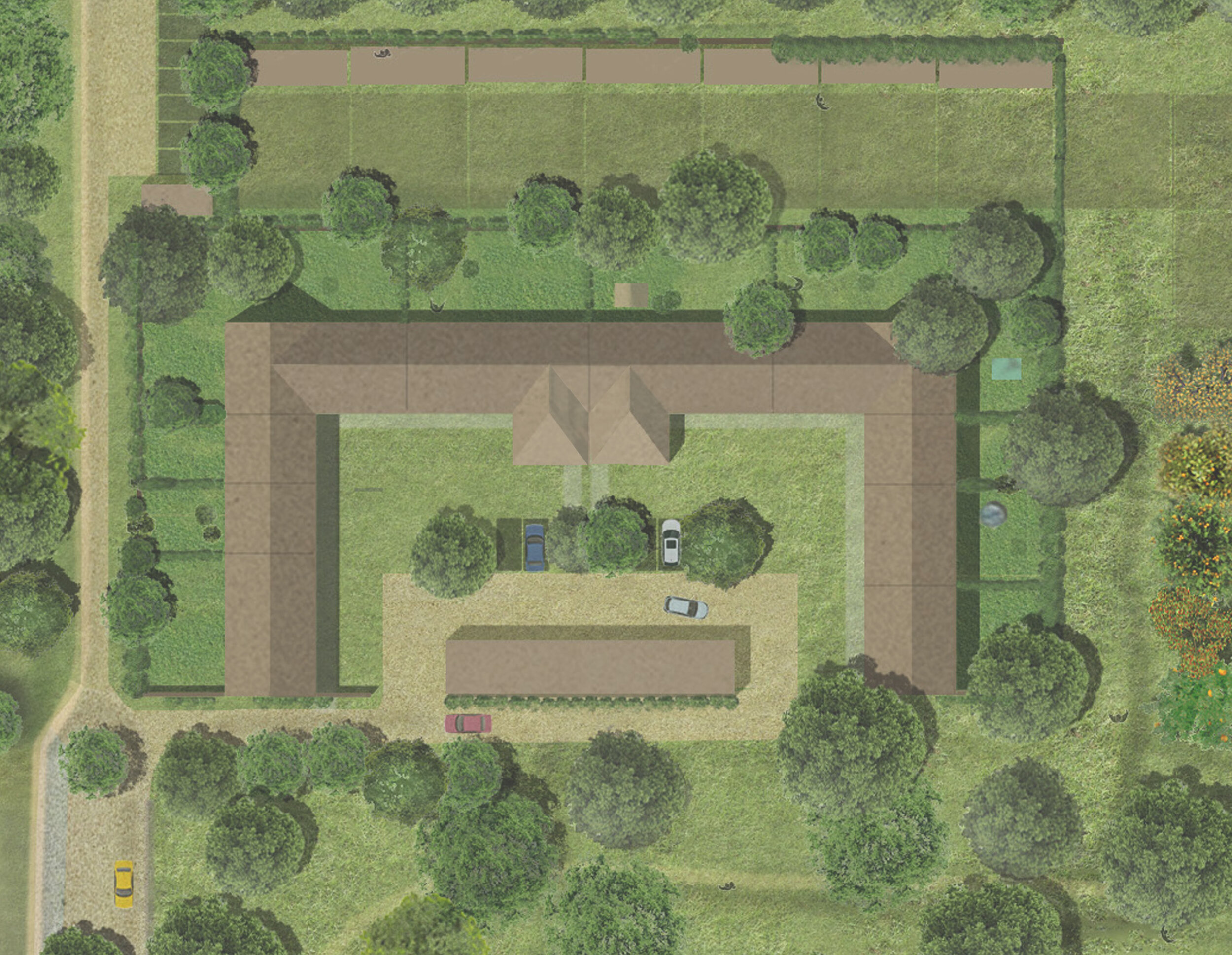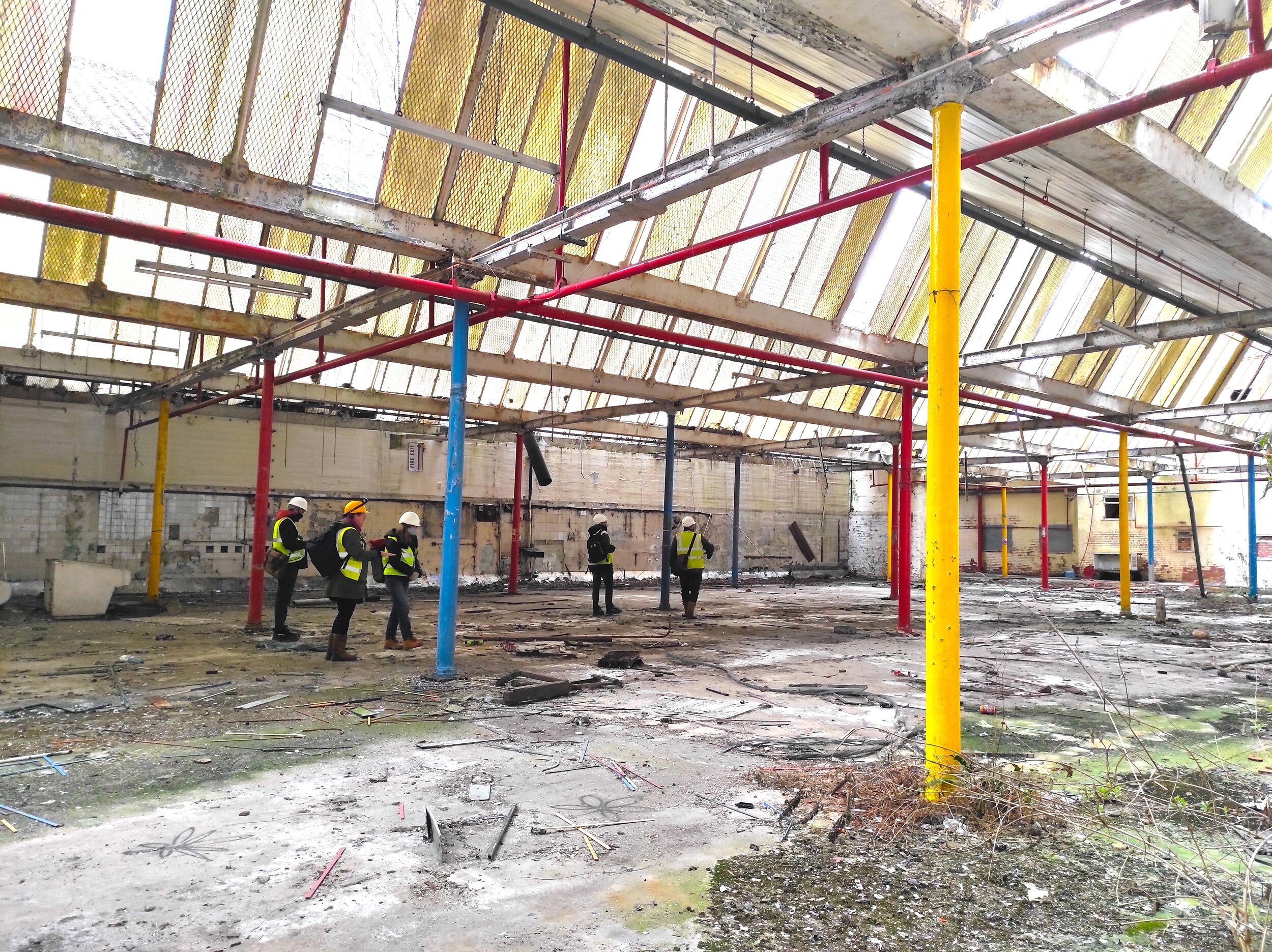A new facility at Cranfield University, designed by Burrell Foley Fischer, is set to make the UK a global leader in digital aviation research. The Digital Aviation Research and Technology Centre (DARTeC) was officially opened by Kwasi Kwarteng, Business Secretary.
The £67 million world-leading facility is located next to Cranfield’s airport and consists of a central building with digital aviation research laboratories and collaborative open plan office space where staff, students and partners work together, and a partially covered ‘hangar laboratory’ connected to Cranfield’s 737-400 aircraft through an airport-style air bridge.
Our design concept for the project recognised the importance of roofscape for such a unique context, where views from the air are critical. We set out to use the form of the building roof(s) to create a unique and innovative solution to the technical requirements of the brief, while establishing a clear visual identity for the new facility within the expanding campus masterplan.
Researchers at DARTeC are already working with industry partners to advance the application of digital technologies in the air transport sector. Projects are underway to drive forward innovations in digital airspace and airport infrastructure that will help the UK reach its target of net zero carbon emissions and support industry to bounce back stronger from COVID-19.
Professor Graham Braithwaite, Project Lead and Director of Transport Systems at Cranfield, said:
“I’d like to thank everyone involved in realising our vision to create this state-of-the-art facility, including colleagues at Cranfield, our industry partners and Research England. DARTeC is already playing a pivotal role in helping to define and develop the aircraft, airports, airlines and airspace management systems of the future, illustrating what is possible through the power of partnership and collaboration.”
Kwasi Kwarteng, Secretary of State for Business, Energy and Industrial Strategy, said:
“This exciting new facility hails the dawn of a new era in our plan to deploy new technologies to cut emissions from aviation, paving the way for the sector to move towards a more efficient, greener and safer future.”
Professor Sir Peter Gregson, Chief Executive and Vice-Chancellor of Cranfield University, said:
“The opening of DARTeC marks another stage in Cranfield’s proud history and heritage in aircraft and aviation research over the last 70 years. The Centre will provide a unique national asset for the ground-breaking research which will be key to overcoming the challenges of future flight and delivering sustainable growth for the aviation sector.”





















![MINLEY HOME FARM - Elevation[4].jpg](https://images.squarespace-cdn.com/content/v1/53988bd3e4b0c9003b654fc0/1627978980715-RT8HA91JZMZ7S58SQ9Z6/MINLEY+HOME+FARM+-+Elevation%5B4%5D.jpg)
































